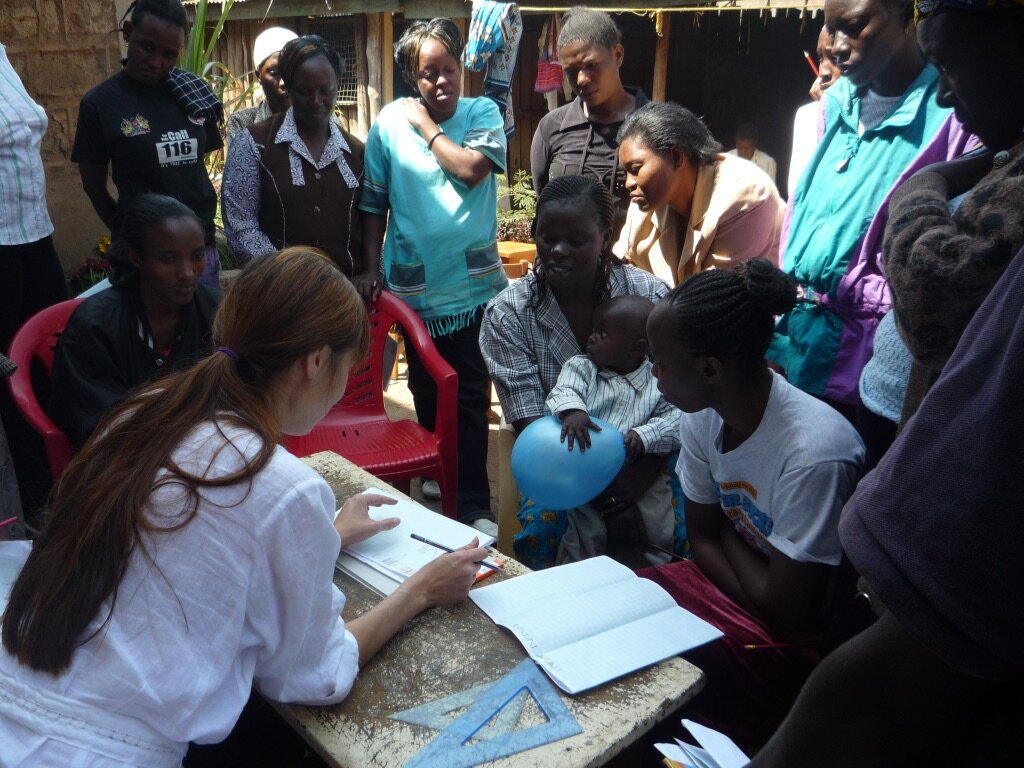The Dyer's Circle Values
We are a non-profit members association
We counteract colour toxicity through promoting regenerative and botanical methods of dyeing: some adapted and sourced from historical textile records, others developed through the latest 21st century thinking whilst preserving a variety of indigenous techniques.

Delivering education in every location, to every community irrespective of social barriers

Our Ethos
Our Environmental Policy
Through utilising and promoting sustainable alternatives to the 99% of petro-chemical dyes that dominate the textile industry. The Dyer’s Circle aims to avoid and overcome toxicity in colour through building on botanical knowledge.
We support the regeneration of tinctorial plant cultivation, encouraging farmers to diversify and rediscover the value of dye crops within contemporary agriculture.
Through shifting the textile industry’s focus towards the impact of toxicity on biodiversity, we encourage safe, plant-based methods of colouration that nourish the earth, capturing carbon, fixing nitrogen and enriching soil.
We aim to clean our waterways through encouraging a practice of colour that involves no heavy metals or toxins, but just plant-based ingredients that are part of a natural cycle.
Unlike some traditional natural dyes, we only allow the use of safe mordants: alum, iron and plant-based dyes like Oak Gall and symplocos. This creates a safe, non-toxic Dye effluent that doesn’t pollute our waterways.
Jackie Andrews-Udall in the Korogocho slum, Kenya
Our Value Framework
Within the Dyer’s Circle we acknowledge the value of everybody’s contribution and prioritise openness and interaction amongst members.
We work to promote cultural exchange and aim to link up those who would not normally work together.
We value diversity
We promote social inclusion
We aim to reconnect communities with nature and their local environment
We promote the restoration of botanical knowledge
We preserve intangible cultural heritage
We aim to become a communal and collective repository of tinctorial knowledge
We aim to preserve the environment and protect life of all species through avoiding toxicity
We encourage indigenous colour methods as a Cumulative Body of multi-generational knowledge, practices and beliefs
We aim to reconstruct and maintain a symbiosis between humans and nature, with botanical dye practices playing an integral role in restructuring this relationship
The indigenous cultures of the world need to be recognised as innovative rather than primitive and have their knowledge embedded in the thinking of our future
Why a Dyers’ Circle?
The dyers circle has been created as a hub to discuss sustainable alternatives for coloration within the fashion industry. As sustainability and the uptake of more sustainable materials becomes mainstream, the lack of knowledge regarding the excessive usage of petrochemical colourants needs to change. We are here to inform and offer alternative solutions.
Many beautiful, organic materials such as organic linen or organic cotton are then dyed with synthetic dyes derived from petrochemicals; this means these petrochemicals are bonded within the core of the fibre. Needless to say, at the end of life of that fabric, these leave traces of metals and toxic chemicals and are therefore not safely biodegradable.
Many safer solutions exist for colouring textiles in an earth-centric manner and the purpose of this hub is to inform and create awareness of these methods and those who practise them professionally.
Founded by Jackie Andrews-Udall as one of the outcomes of her research into sustainable botanical colour, this hub is run on a volunteer basis and kindly hosted on CO.
We aim to bring together all the voices within the full spectrum of the colour industry, from textile technicians to growers of tinctorial plants, ethnobotanists and fashion brands. We need more collaboration to recreate a full, botanical value chain for colour, as the global supply chain for natural colours broke down around 100 years ago.
From information on your local plants for dyeing, which is your local seasonal colour gamut, how can colour support biodiversity, where can you find a natural dyer, how can you pattern cloth in the most sustainable manner…you can can look HERE. Within the dyers’ circle, many experts are here to advise and support your transition to adopting botanical dyes as a safer solution for our planet.
If you are interested in natural colour, or you already practise botanical dyeing, please join our hub HERE and help us close the gaps in this much needed supply chain.



